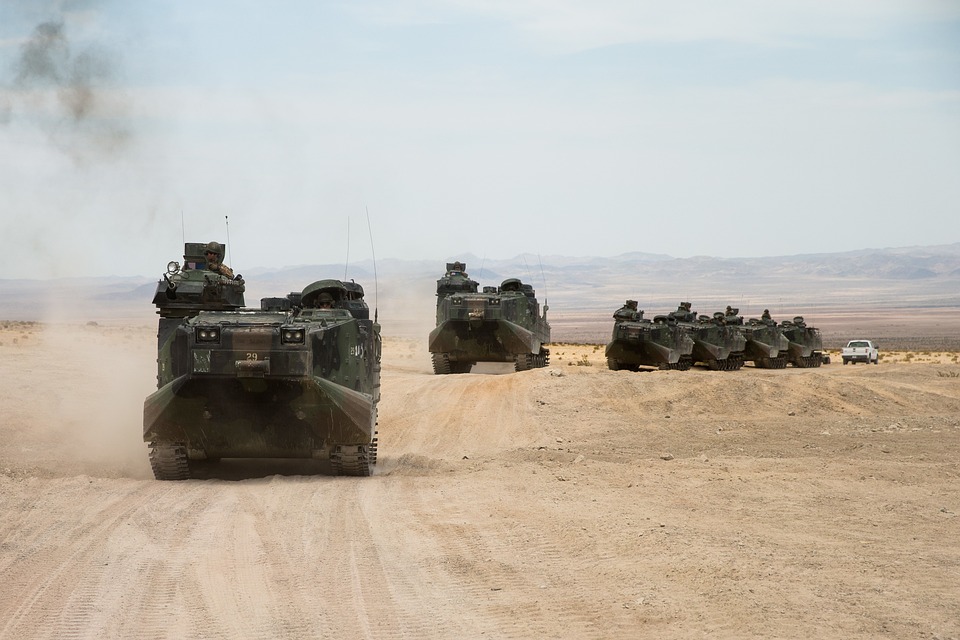The History and Evolution of Battalion Warfare
Introduction
Battalion warfare has been a key element of military strategy for centuries, with groups of soldiers trained and organized to fight in large units. The history of battalion warfare dates back to ancient times and has evolved significantly over the years to become a fundamental aspect of modern warfare. This article will explore the origins and evolution of battalion warfare, from its early beginnings to its role in contemporary military operations.
Ancient Battalions
The concept of organized groups of soldiers fighting together in battle can be traced back to ancient civilizations such as the Greeks and Romans. These early civilizations formed larger military units known as phalanxes, where soldiers would line up in close formation with shields overlapping to create a solid wall of protection. These phalanxes were effective in combat due to their discipline, coordination, and ability to withstand enemy attacks.
As warfare evolved, so did the organization of military units. The Roman legions, for example, were comprised of several cohorts, each consisting of multiple maniples of soldiers. This hierarchical structure allowed for greater flexibility and maneuverability on the battlefield, enabling the Romans to conquer vast territories and establish a formidable empire.
The Rise of the Battalion
The term “battalion” itself originated in the 16th century, derived from the Italian word “battaglione,” meaning a body of troops. During this time, military formations became more standardized, with soldiers organized into companies, regiments, and ultimately battalions. These larger units were able to deploy more firepower, coordinate tactics more effectively, and sustain prolonged engagements on the battlefield.
One of the most notable developments in battalion warfare occurred during the Napoleonic Wars of the early 19th century. Napoleon Bonaparte, a renowned military strategist, reorganized the French army into large, self-sufficient battalions that could operate independently in the field. These battalions were composed of infantry, cavalry, and artillery units, all working together to achieve victory on the battlefield.
The Modern Battalion
The modern battalion has continued to evolve in response to changes in technology, tactics, and warfare. In the 20th century, the mechanization of warfare introduced tanks, armored vehicles, and aircraft to the battlefield, transforming the way battalions operate. Instead of marching in formation, soldiers now move quickly and decisively in armored vehicles, helicopters, and other advanced platforms.
Today, a typical battalion is comprised of several companies, each specializing in different roles such as infantry, reconnaissance, engineering, and support. These companies work together to form a cohesive unit capable of engaging enemy forces in a variety of combat scenarios. Modern battalions are also equipped with advanced communication systems, surveillance technology, and precision-guided weapons to enhance their effectiveness on the battlefield.
Battalion Tactics and Strategy
Battalions employ a variety of tactics and strategies to achieve their objectives in combat. One common tactic is the use of combined arms, where infantry, armor, and artillery units work together to support each other and overwhelm the enemy. This coordination allows battalions to engage enemy forces from multiple directions and exploit any weaknesses in their defenses.
Another important aspect of battalion warfare is the concept of maneuver warfare, where units seek to outmaneuver and outflank their opponents rather than engage in direct confrontation. By using stealth, speed, and surprise, battalions can disrupt enemy formations, seize key terrain, and achieve decisive victories with minimal casualties.
Conclusion
Battalion warfare has come a long way since its origins in ancient civilizations, evolving into a sophisticated and dynamic element of modern military strategy. From the phalanxes of Greece to the legions of Rome to the battalions of today, soldiers have always relied on teamwork, discipline, and innovation to succeed on the battlefield. As technology continues to advance and the nature of warfare changes, the role of the battalion will undoubtedly evolve further, adapting to new challenges and threats in the pursuit of victory.


